When geologists first noticed thick volcanic ash across Kansas in the late 1800s, it sparked a flurry of questions.
How did this ash get here, so far from any active volcanoes? This mystery set off a scientific quest to trace its origins.
Volcano Eruptions Are Worrying
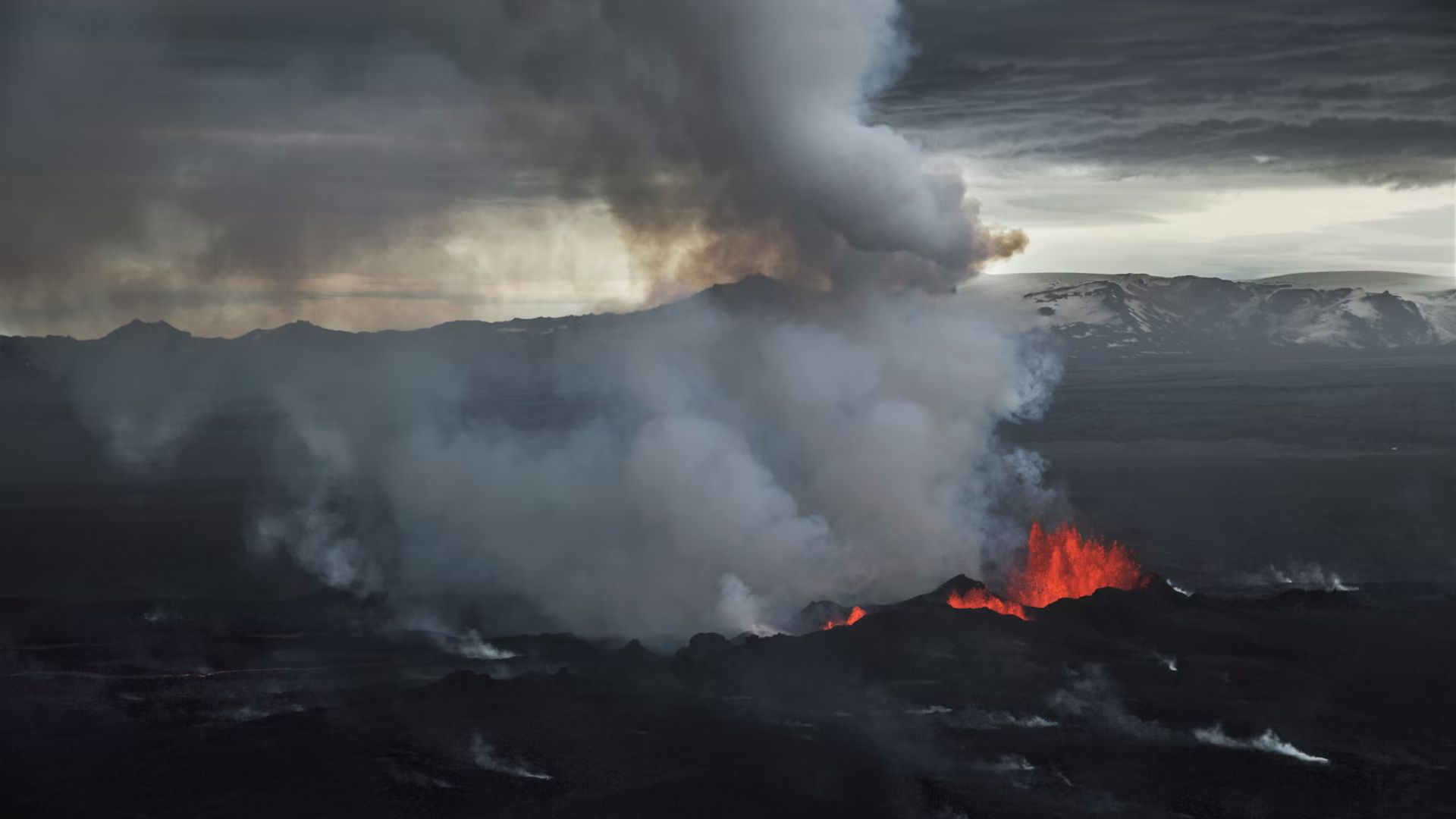
When a volcano has erupted or is reported to be close to eruption, this can worry the people living in the area and the local wildlife.
When a volcano is put on a red alert, such as Mt. Etna in Italy, this means that the magma inside the volcano is active, and there is a very high possibility that it could erupt at any moment.
Inside the Cascades Volcano Observatory
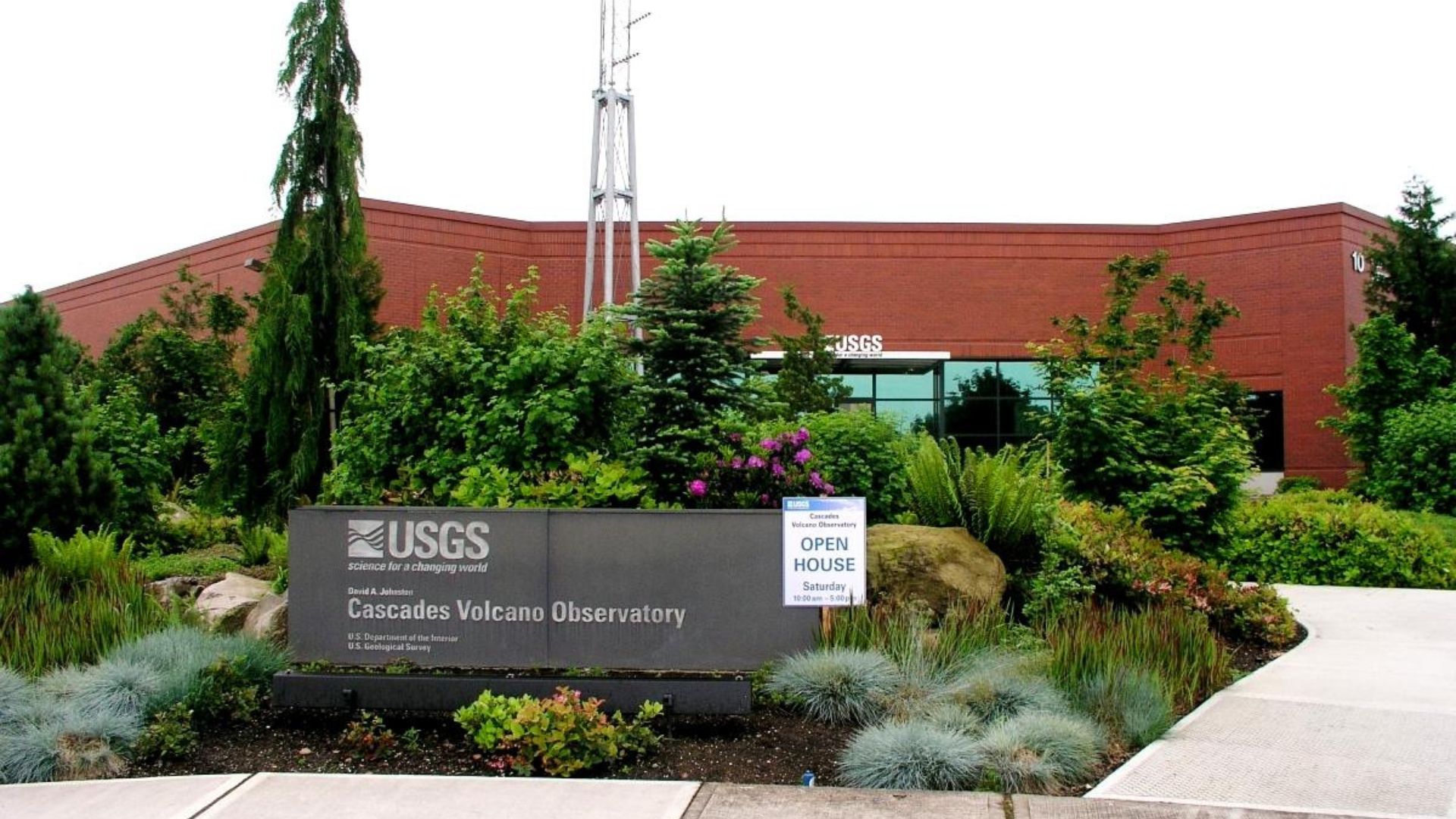
At the Cascades Volcano Observatory, a part of the US Geological Survey, scientists are deep into analyzing rock chemistry.
Their goal? To unravel geological mysteries, including the story behind Kansas’s unexpected volcanic ash layer.
Blown in from New Mexico?
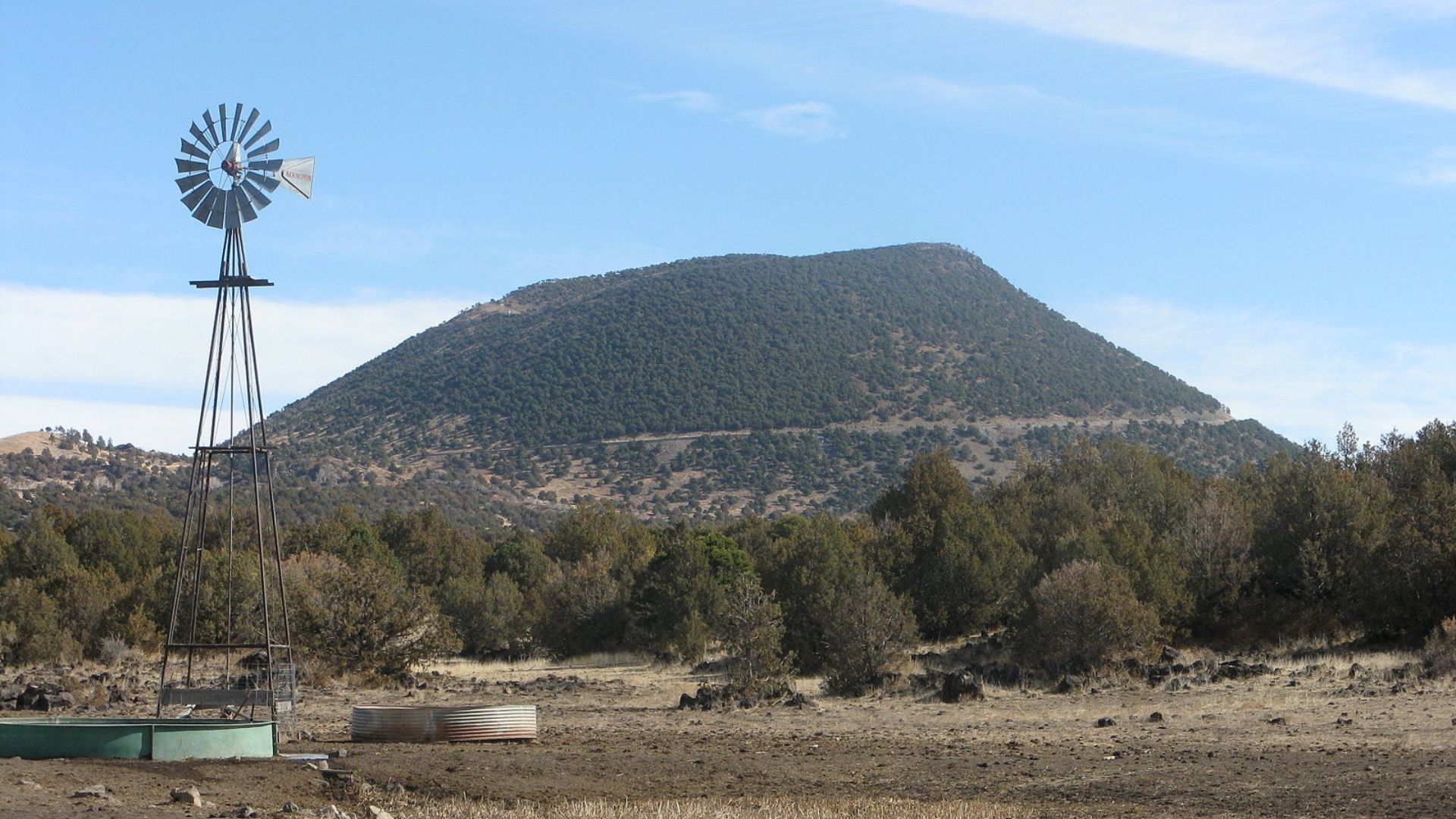
Initially, the prevailing winds suggested that the ash could have traveled from the volcanic regions of northern New Mexico.
This theory seemed reasonable given the geographic and meteorological conditions aligning perfectly for such a journey.
Rethinking the Source
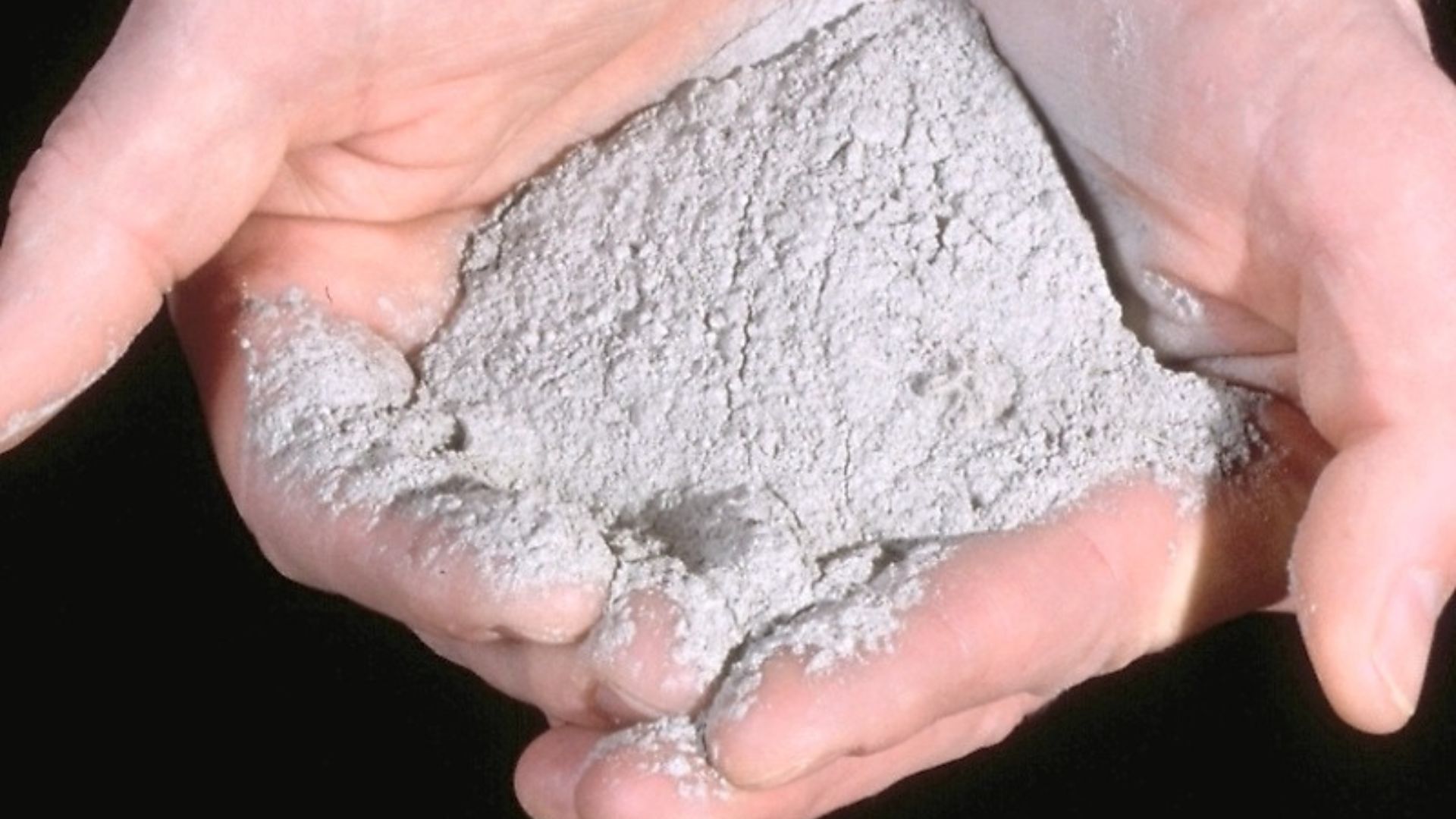
But as the analysis deepened, a key detail emerged: “the chemistry of the ash didn’t match the chemistry of the rocks” in New Mexico.
This discrepancy sent the scientists back to the drawing board, as the pieces just didn’t fit.
California’s Long Valley Caldera
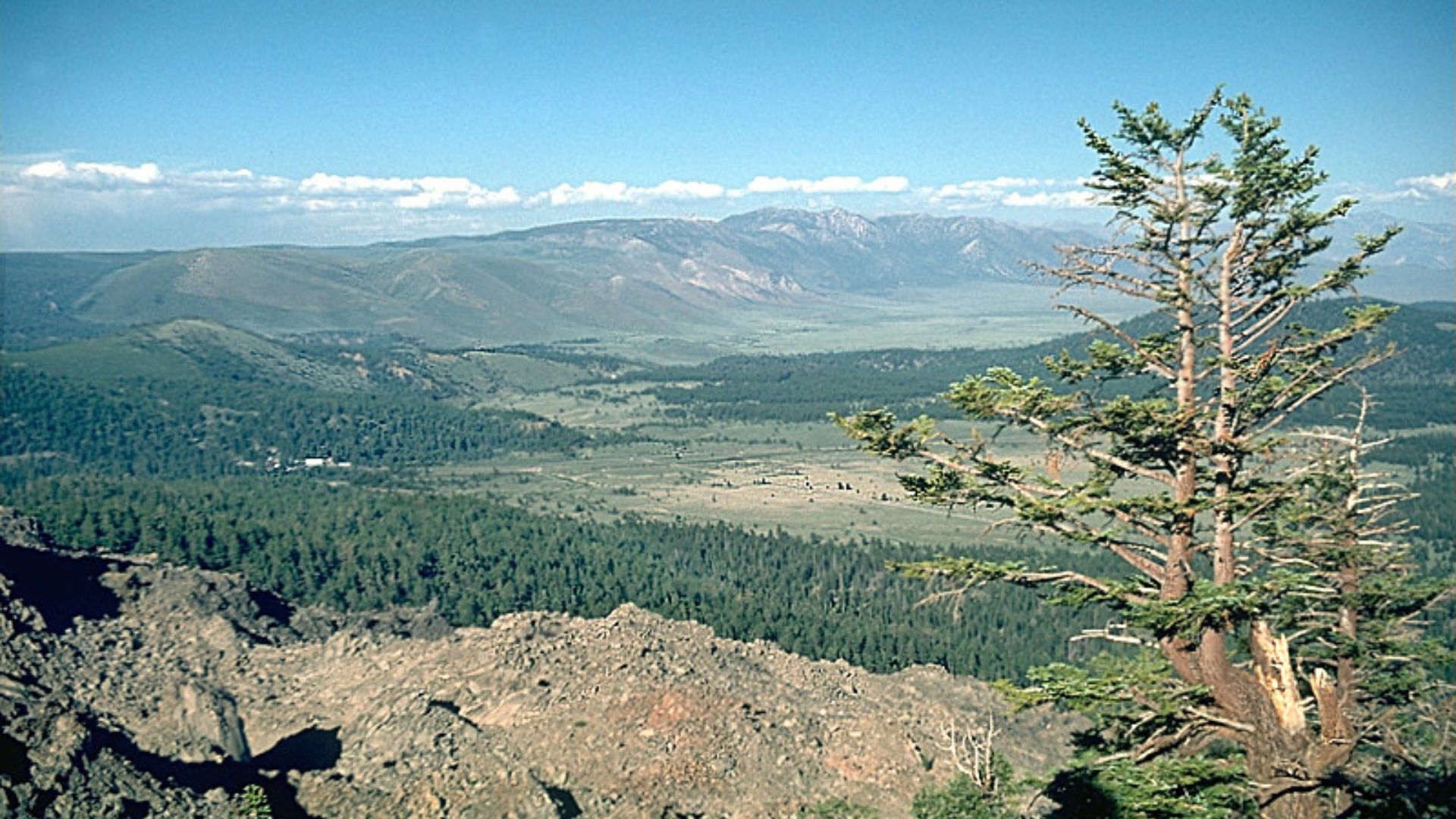
Next up was California’s Long Valley Caldera. However, the chemical signature of the ash differed from this region too.
Each mismatch added another layer of complexity to their search.
Yellowstone: The Source Revealed
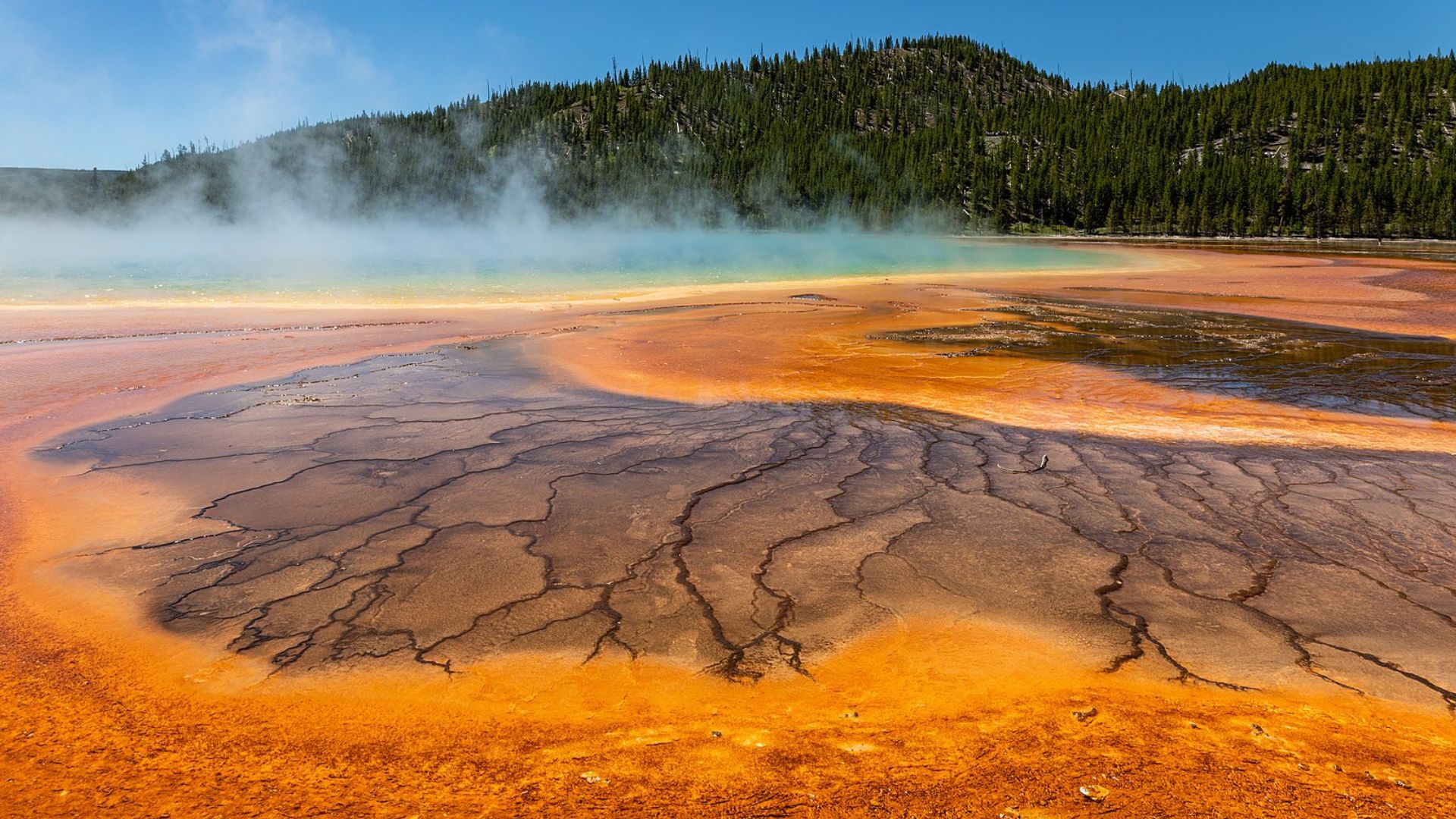
Then came the breakthrough—Yellowstone.
Everything lined up perfectly, from the chemical makeup to the timing of the ash with Yellowstone’s historical eruptions. Finally, the puzzle pieces clicked into place.
About Yellowstone National Park
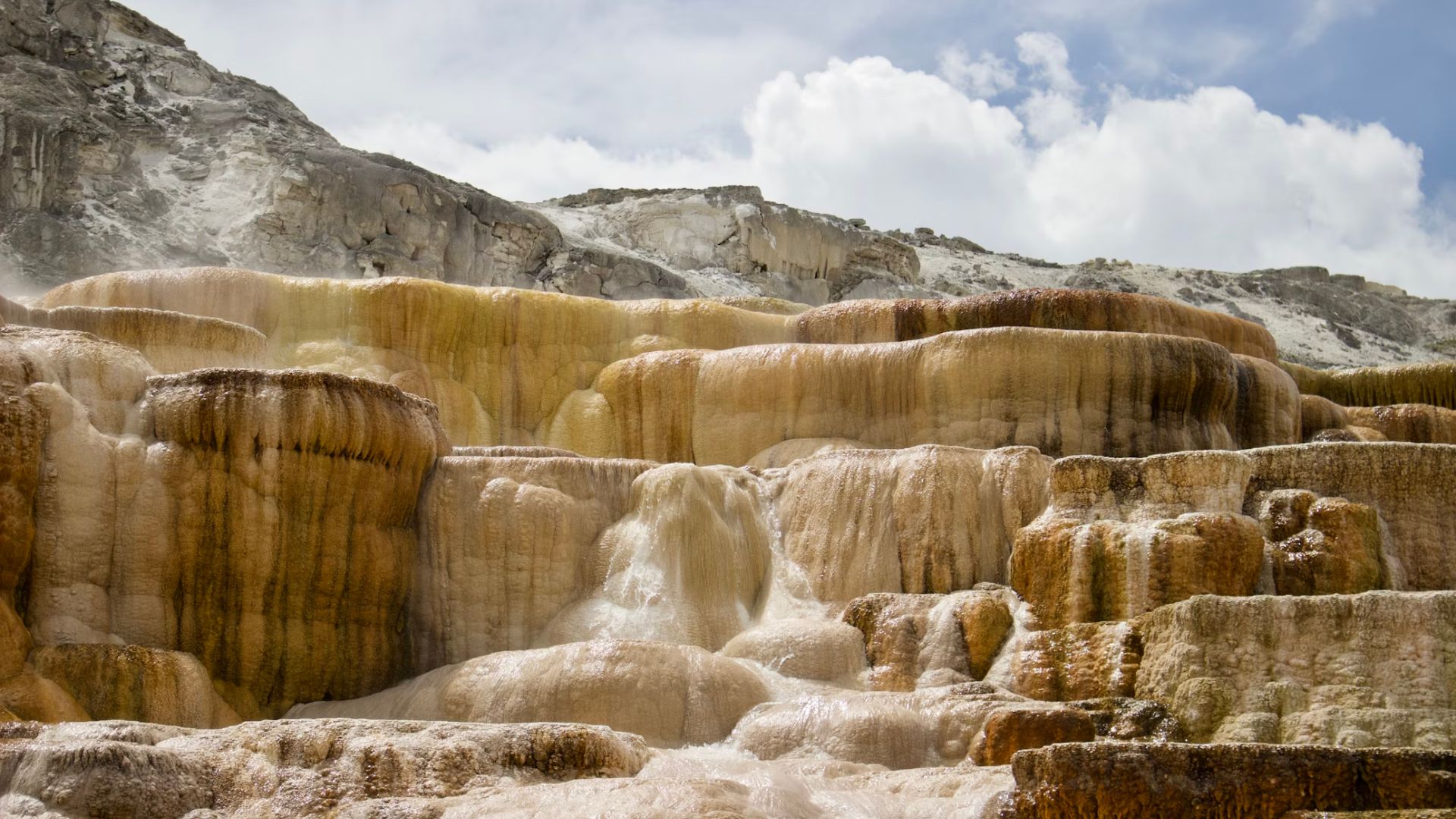
Yellowstone National Park, established in 1872, is the world’s oldest national park. The park is so old that it is older than the National Park Service, established in 1916.
Over 3 million visitors come to Yellowstone every year due to its hiking trails, mountains, hot springs, and wildlife.
Volcanic Eruptions at Yellowstone
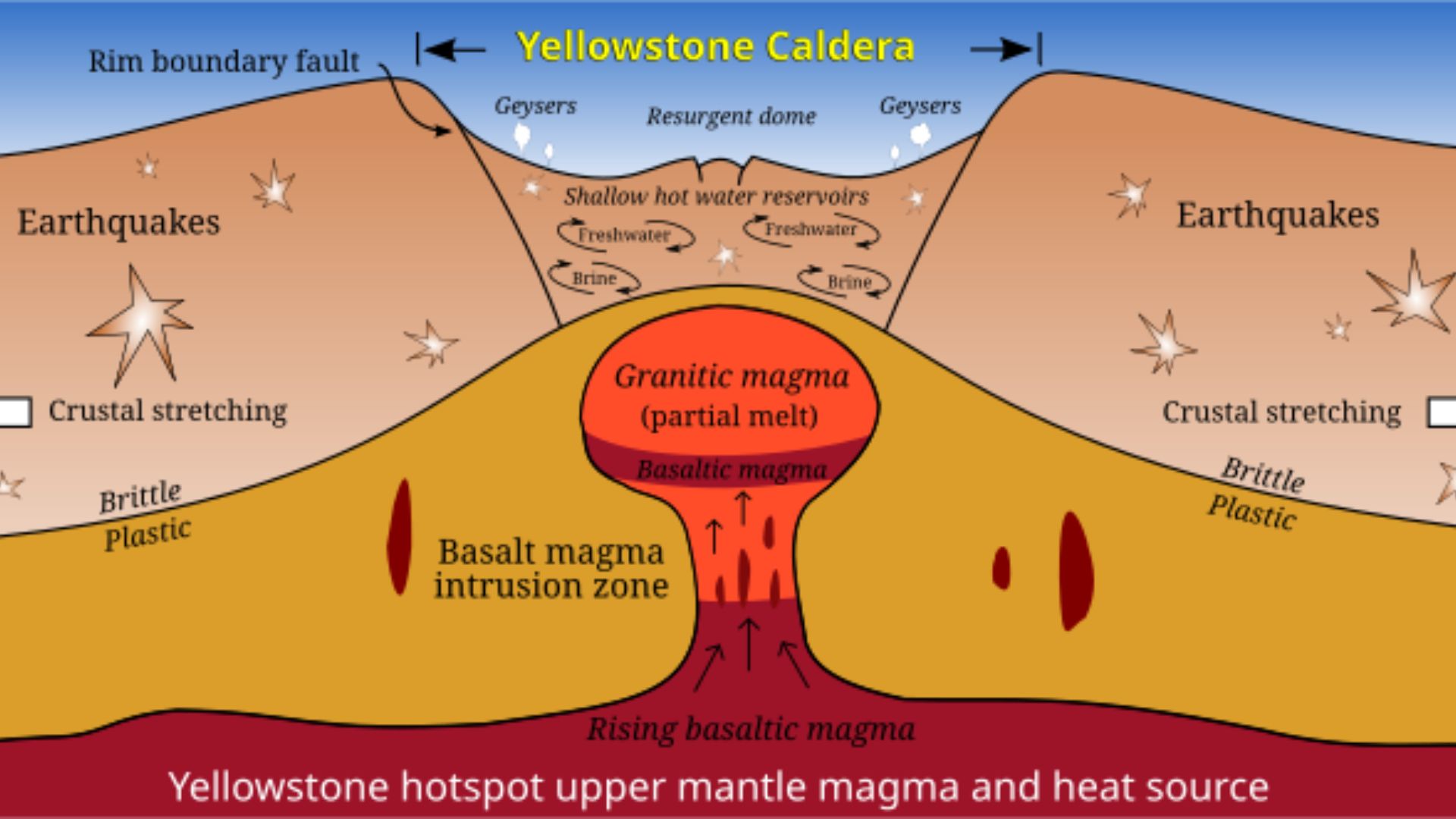
Three eruptions have been known at Yellowstone. The first occurred 2.1 million years ago and was known as The Huckleberry Ridge Tuff.
The second happened 800,000 years ago and is known as the Mesa Falls eruption. Finally, there was the Lava Creek eruption, which happened 640,000 years ago. This formed the Yellowstone Caldera and was when it established its status as a supervolcano.
What Is a Supervolcano?
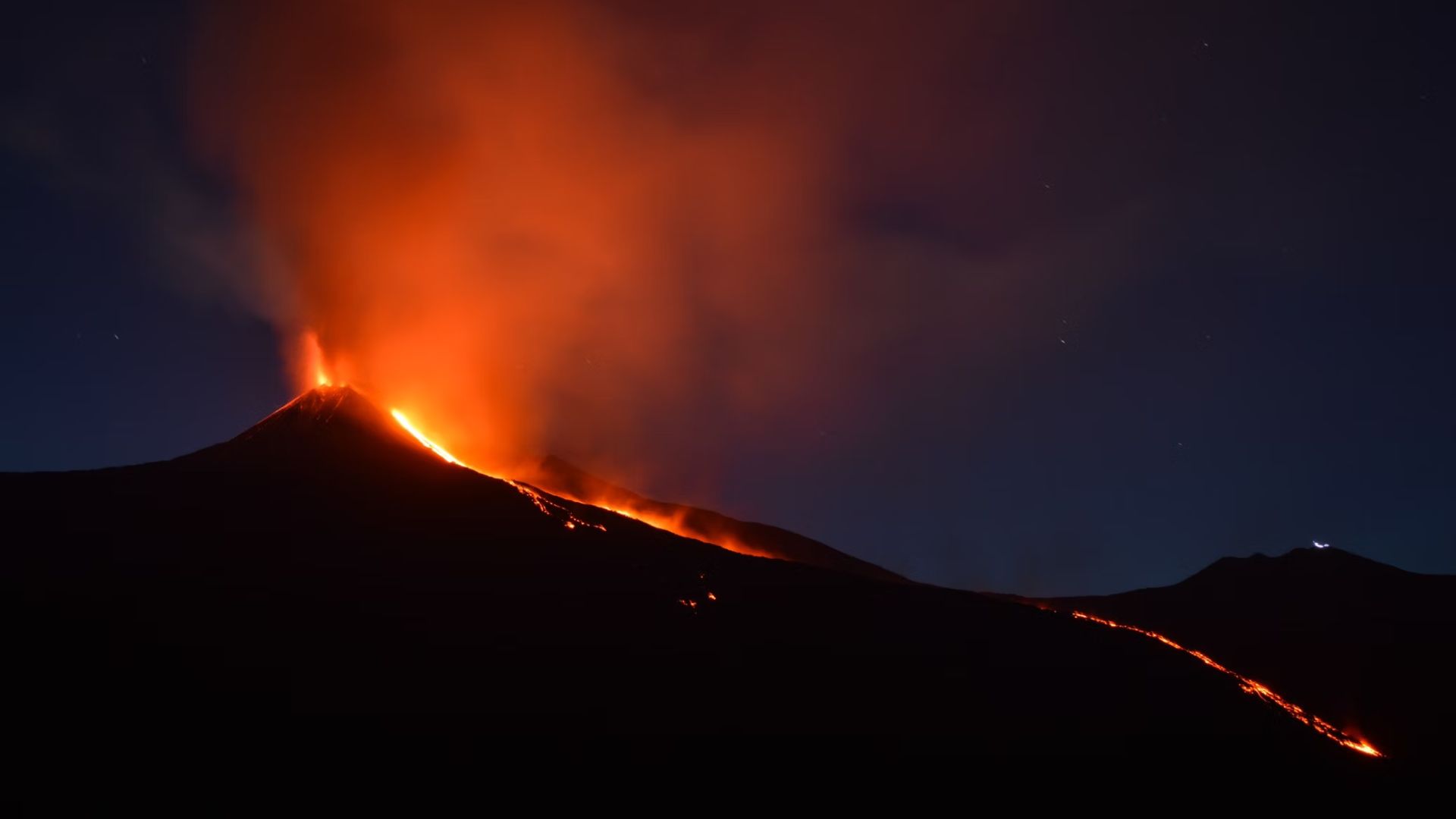
The volcano at Yellowstone is known as a supervolcano. This volcano’s eruption will be more catastrophic than its smaller counterparts.
There are only 20 supervolcanoes worldwide, compared to the overall 1000 volcanoes worldwide. The distance the magma and ash can travel during an eruption gives these supervolcanoes their name, and they can travel 1000 cubic kilometers.
Yellowstone’s Ash: A Traveler Across Plains
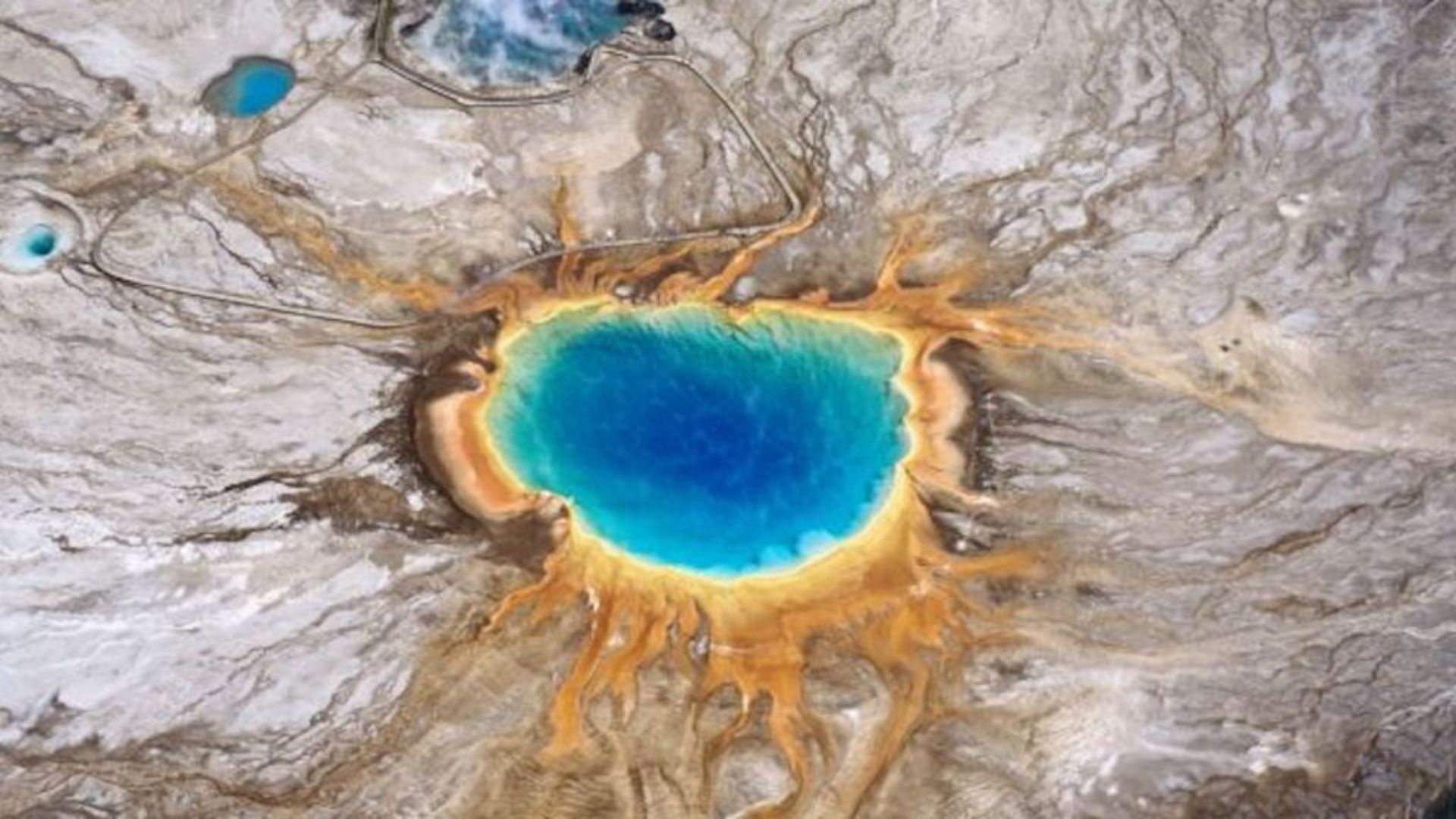
It turns out, Yellowstone’s explosive history had sent ash far beyond its borders, reaching across the Great Plains.
This vast spread was more extensive than anyone had initially imagined.
From the Ocean to Nebraska
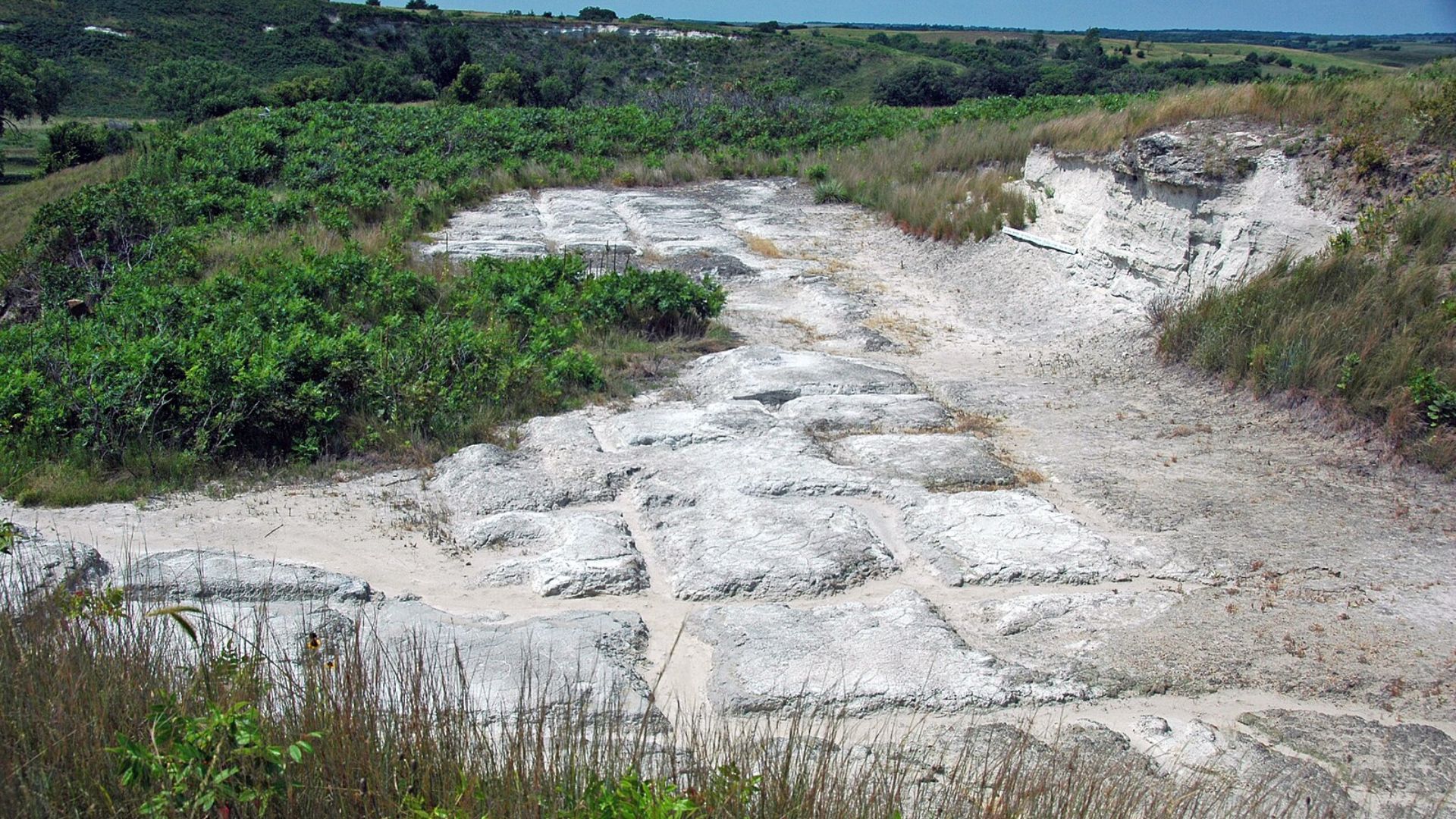
Further research found traces of this ancient volcanic ash in marine sediments off the coast of northern California and deep within Nebraska’s Ashfall Fossil Beds.
This shows an incredible range of distribution.
Uncovering History at Nebraska’s Ashfall Beds
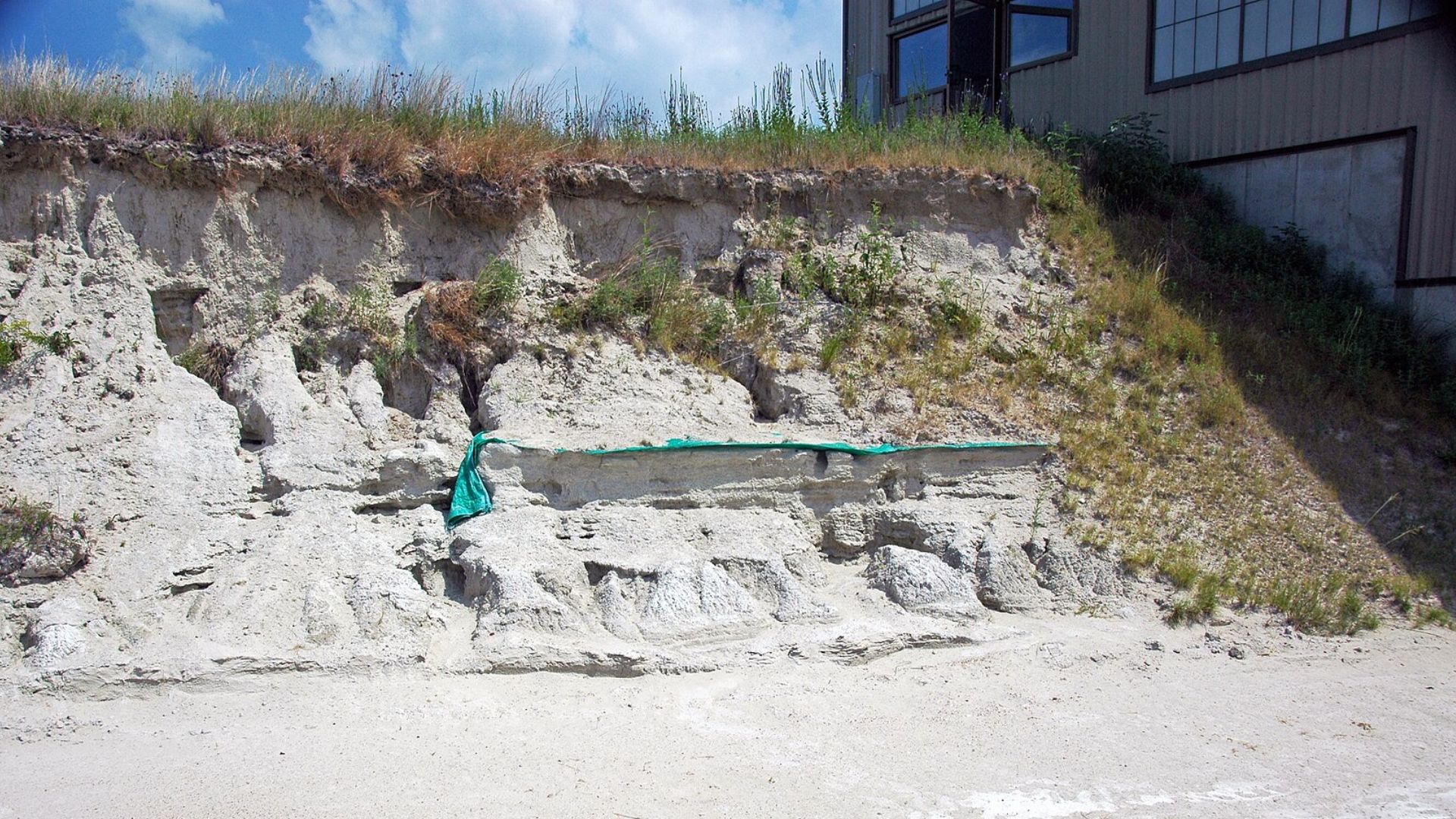
The Ashfall Fossil Beds in Nebraska are particularly fascinating.
They contain ash from a volcanic eruption 12 million years ago, back when the Yellowstone hotspot was still in southern Idaho. These beds offer a unique window into the volcanic past of the region.
Preparing for an Eruption at Yellowstone
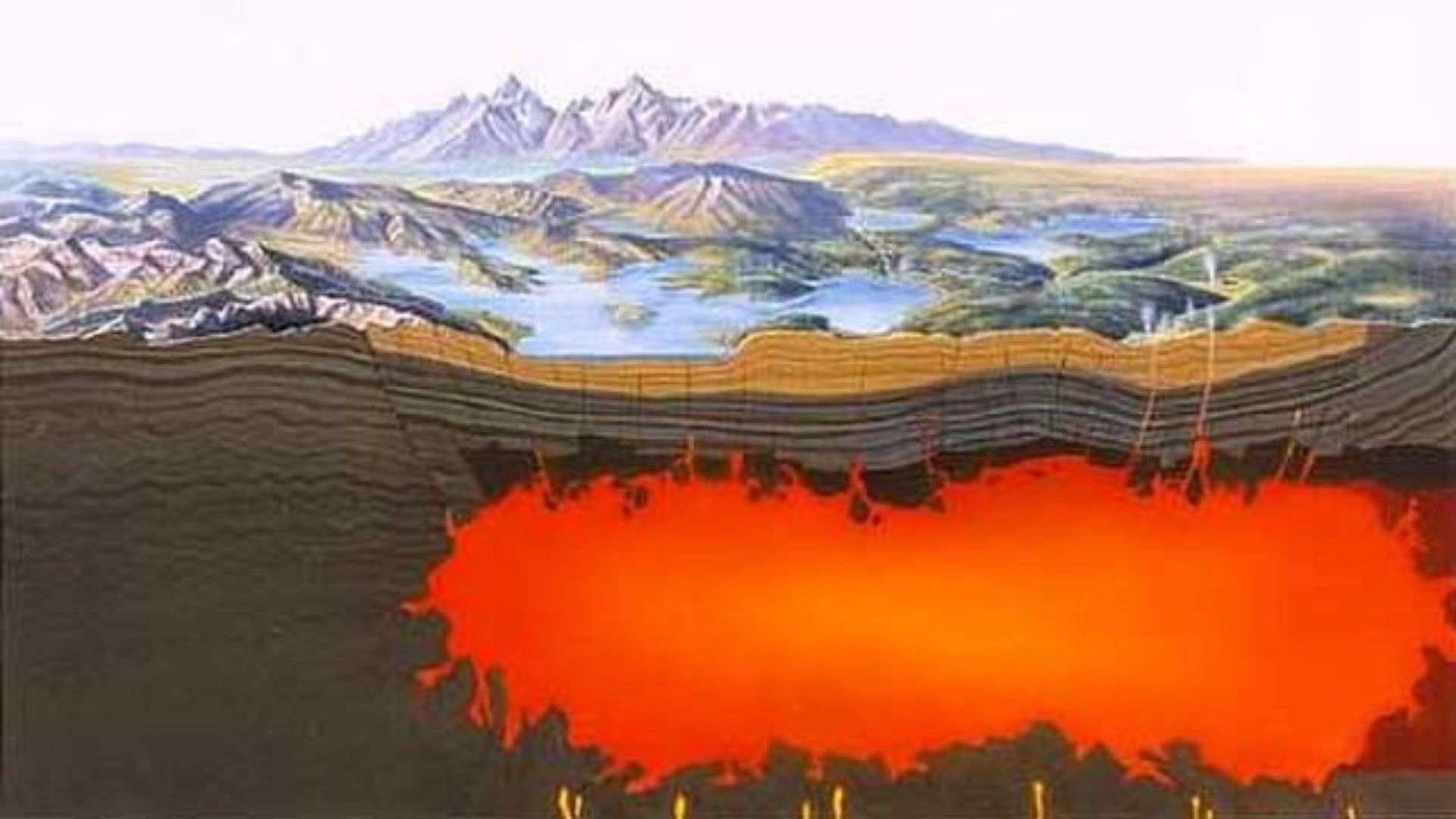
Researchers have already been preparing for what will happen if the volcano at Yellowstone erupts.
They have predicted that a supereruption would send ash across North America, reaching New York, Los Angeles, and Miami.
An Umbrella Ash Cloud
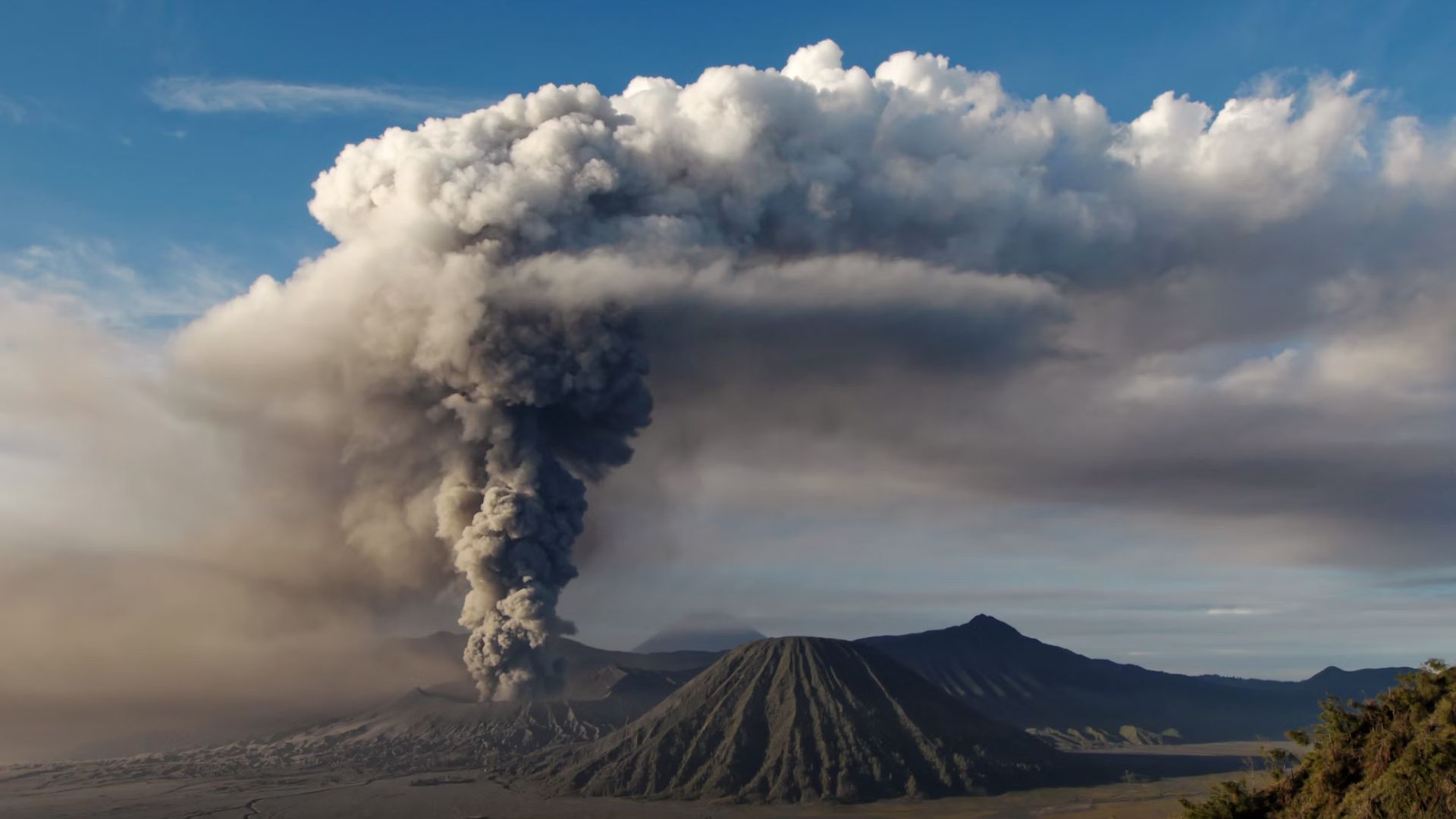
The ash cloud resulting from the Yellowstone volcano erupting would create something known as an umbrella ash cloud.
This is where the ash evenly spreads in all directions. Of course, this is all just hypothetical and isn’t guaranteed to happen.
States Will Be Buried in Ash
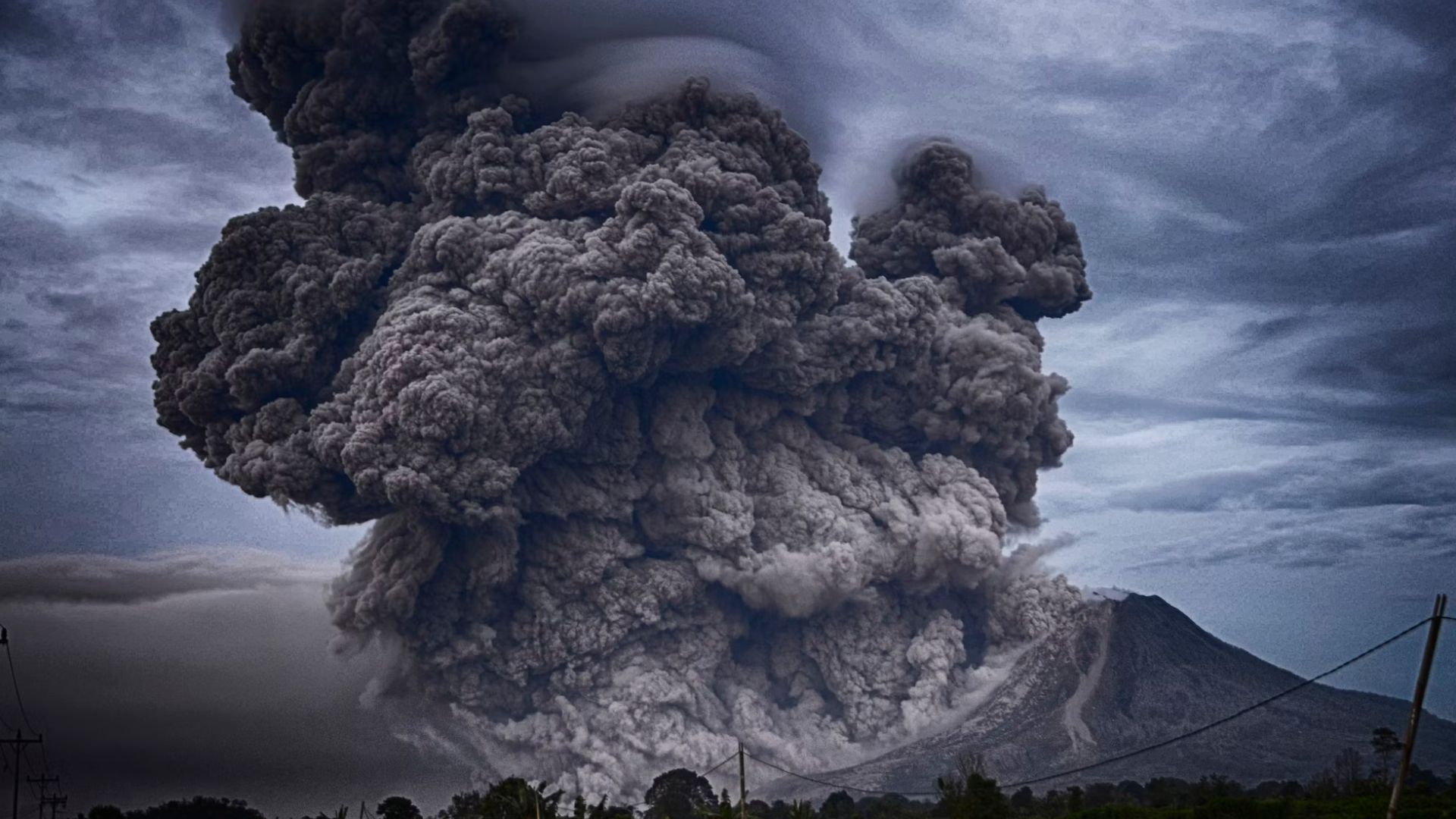
It won’t just be a light covering of ash that states will be subject to, as a few of them will end up practically buried in ash, much like when some areas get a bad snowfall and are snowed in.
Wyoming, Montana, Idaho, and Colorado are some states that could end up 3 feet deep in ash. This ash could kill plants and animals, crush roofs, and cause havoc with electrical equipment.
Yellowstone Volcano Eruption Would Be a Disaster
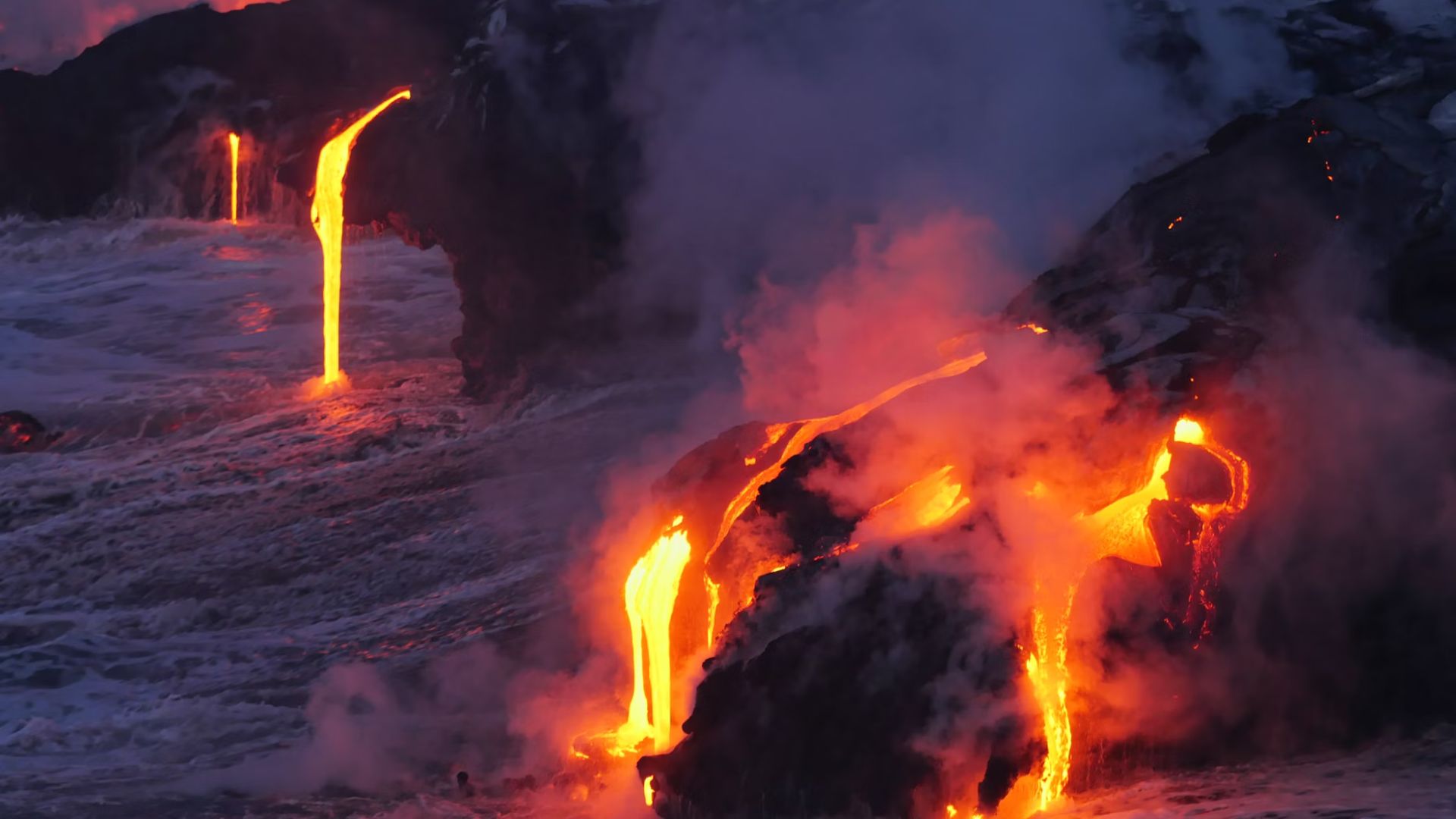
The Yellowstone volcano hasn’t erupted for thousands of years. However, if it were to erupt, the damage caused would be catastrophic.
The ash covering the US wouldn’t be the worst of people’s worries. It would damage buildings, smother crops, and shut down power plants.
How the Volcano Would Erupt
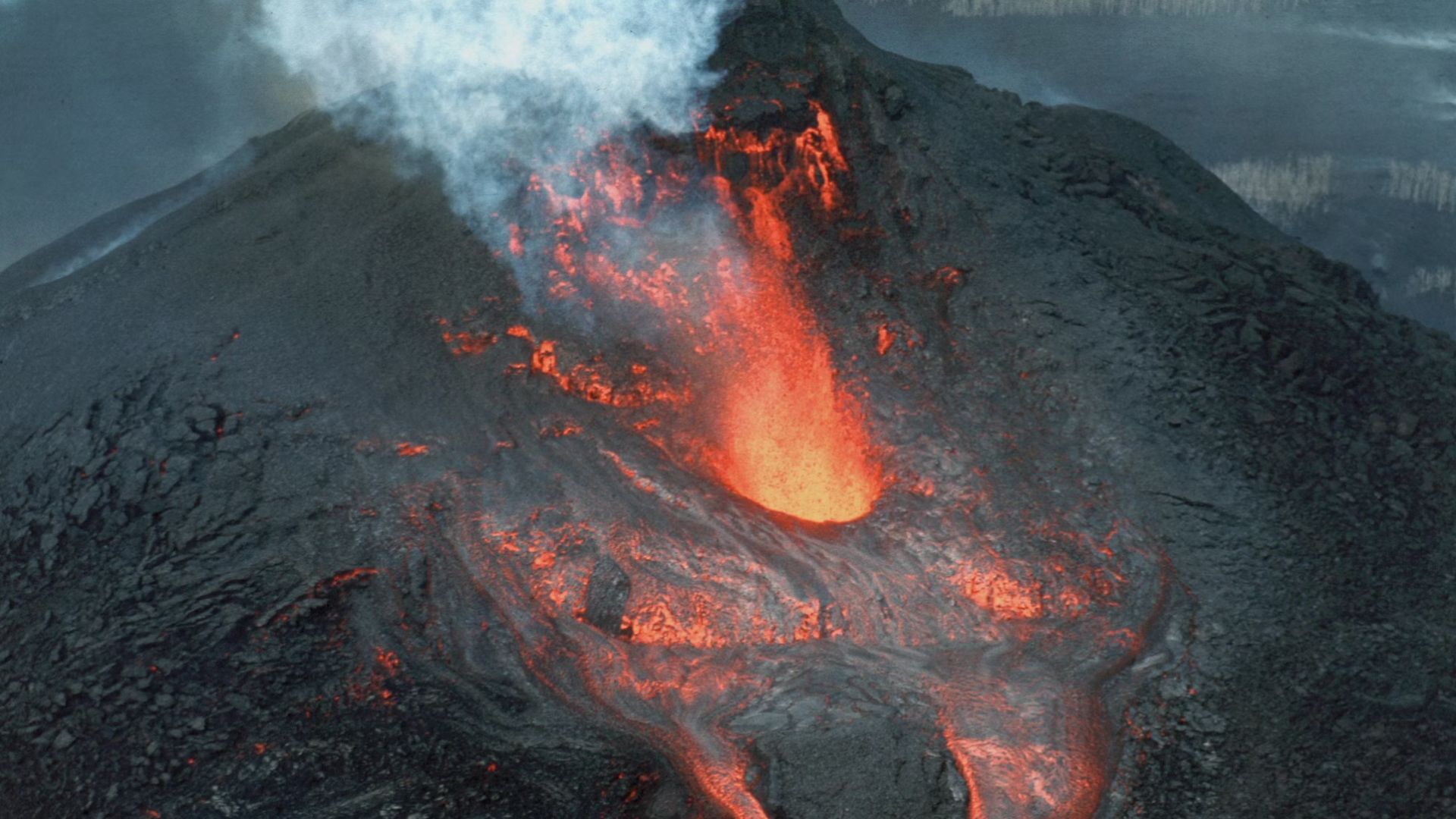
Specific events would happen in the lead-up to the Yellowstone volcano’s erupting. Heat would rise from the core and melt the molten rock below the ground’s surface.
This would create a mixture of magma, rock, vapor, and carbon dioxide, amongst other gases. This would happen over thousands of years, and the pressure would push the ground into a dome and cause cracks. When the pressure gets through these cracks, the dissolved gases explode, causing the volcano to erupt.
Learning from Ash

The widespread ash deposits across the western United States don’t just tell tales of past eruptions.
They provide critical insights into the Yellowstone volcanic system, helping scientists decode ancient volcanic behaviors.
Wind Carries Ash

It is wind that can carry ash this far. The further away from the volcano that the ash is carried, the smaller the ash particles are.
However, ash is difficult to get rid of as it is unable to dissolve in water, and this can cause issues for communities. This is especially true if they end up with lots of fallen volcanic ash.
Effects of Volcanic Ash on the Environment

Volcanic ash’s more worrying effect on the environment is its ability to turn daylight into darkness and completely reduce visibility.
It also tends to cause thunder and lightning; however, scientists don’t know how volcanic lightning works. Some think it is the energy of the explosion charging the particles with electricity.
Learning From the Mount St. Helens Eruption

The researchers need to learn from the 1980 eruption of Mount St. Helens, a volcano in southwestern Washington State.
The volcano’s explosion destroyed the northwest side of the mountain and a third of the volcano. The ash traveled east for about 22,000 square miles, covering the US in 3 days and the world in 15.
Digging Deeper at Yellowstone National Park

Yellowstone National Park is more than just a stunning landscape; it’s a living laboratory where geologists are constantly piecing together the park’s geological puzzle.
Their ongoing studies of seismic shifts, ground movements, and geyser eruptions are key to anticipating the park’s next big changes. This continuous vigilance is crucial for decoding the park’s dynamic volcanic system.
Monitoring Yellowstone’s Vibrant Volcanic Heartbeat

Yellowstone has shown a spike in activity recently, with sensors picking up 125 earthquakes in February 2024 alone—the most powerful registering at 2.6 magnitude.
These observations are essential in helping scientists and local authorities forecast potential volcanic events and keep the community informed and prepared for what nature might have in store.
